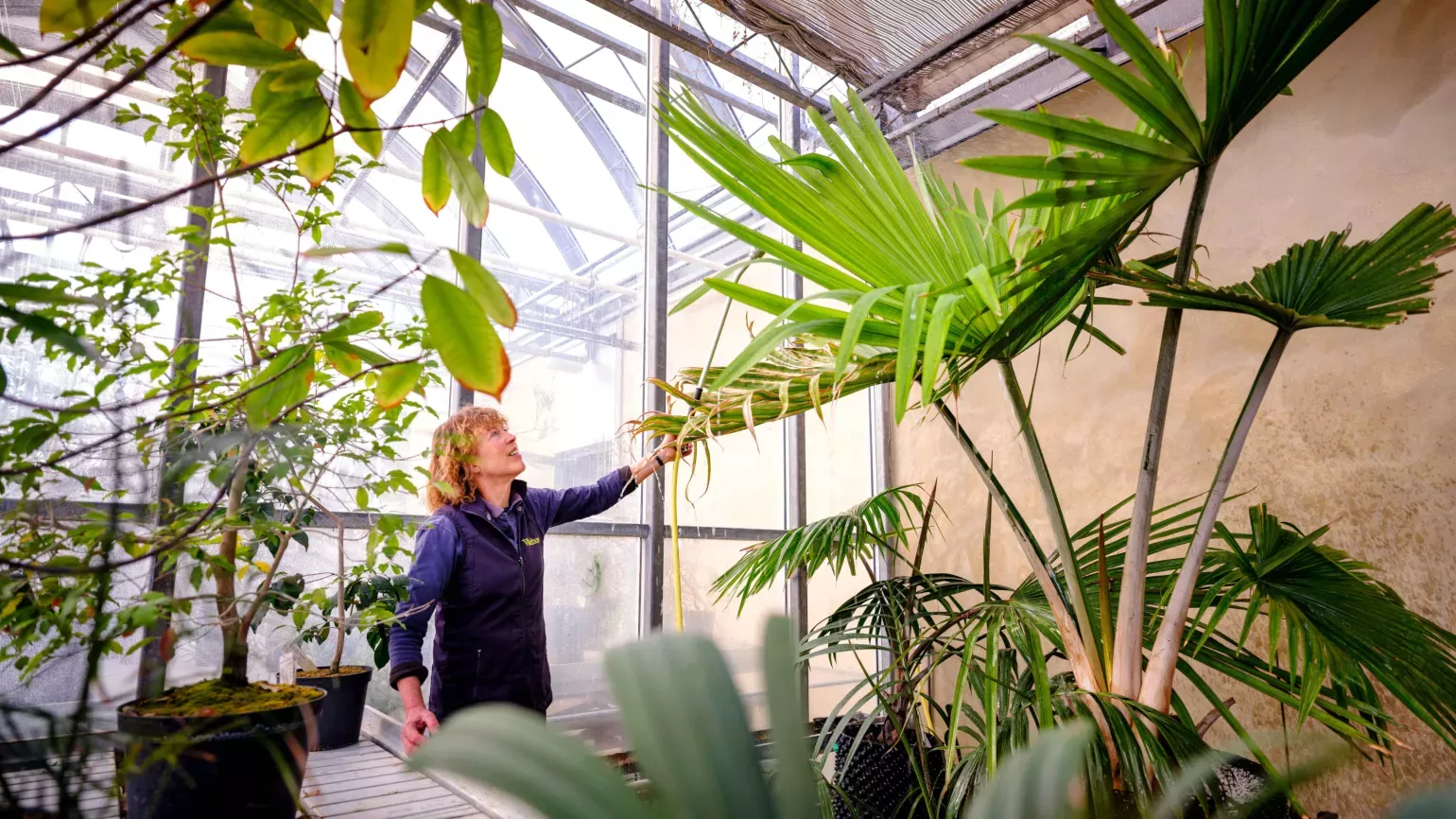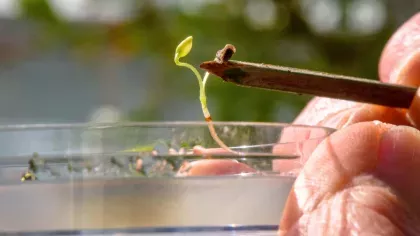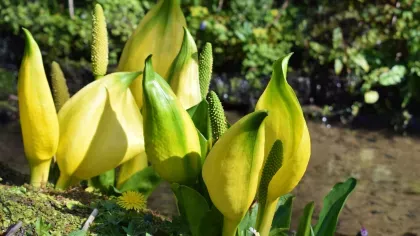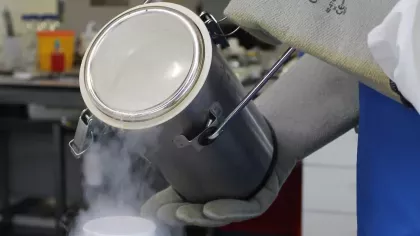1 July 2019
In Pictures: Plant propagation at Wakehurst
A visual story showing how we grow new plants from a seed in the Millennium Seed Bank right through to our propagation unit at Wakehurst.

What is propagation?
Propagation is about growing and nurturing plants right from seed.
At Wakehurst, we have nine glasshouses where we can propagate our plants. Some of the plants we grow are critically endangered, and may never have been grown in this way before. We try to grow them in an environment that's as similar to the one where they were naturally found.
Some of the grown plants you can see in our gardens as part of our living collection; others are kept for scientific research.
We have a high-tech growth chamber to encourage the hard-to-grow species, and we also bank seeds in the Millennium Seed Bank to protect them for future generations.
Take a look behind-the-scenes at examples of the steps involved to propagate a plant.
Finding the right seed
Botanical Propagation Assistant Eliana uses a microscope to check the quality of the seed to ensure good results after germination.
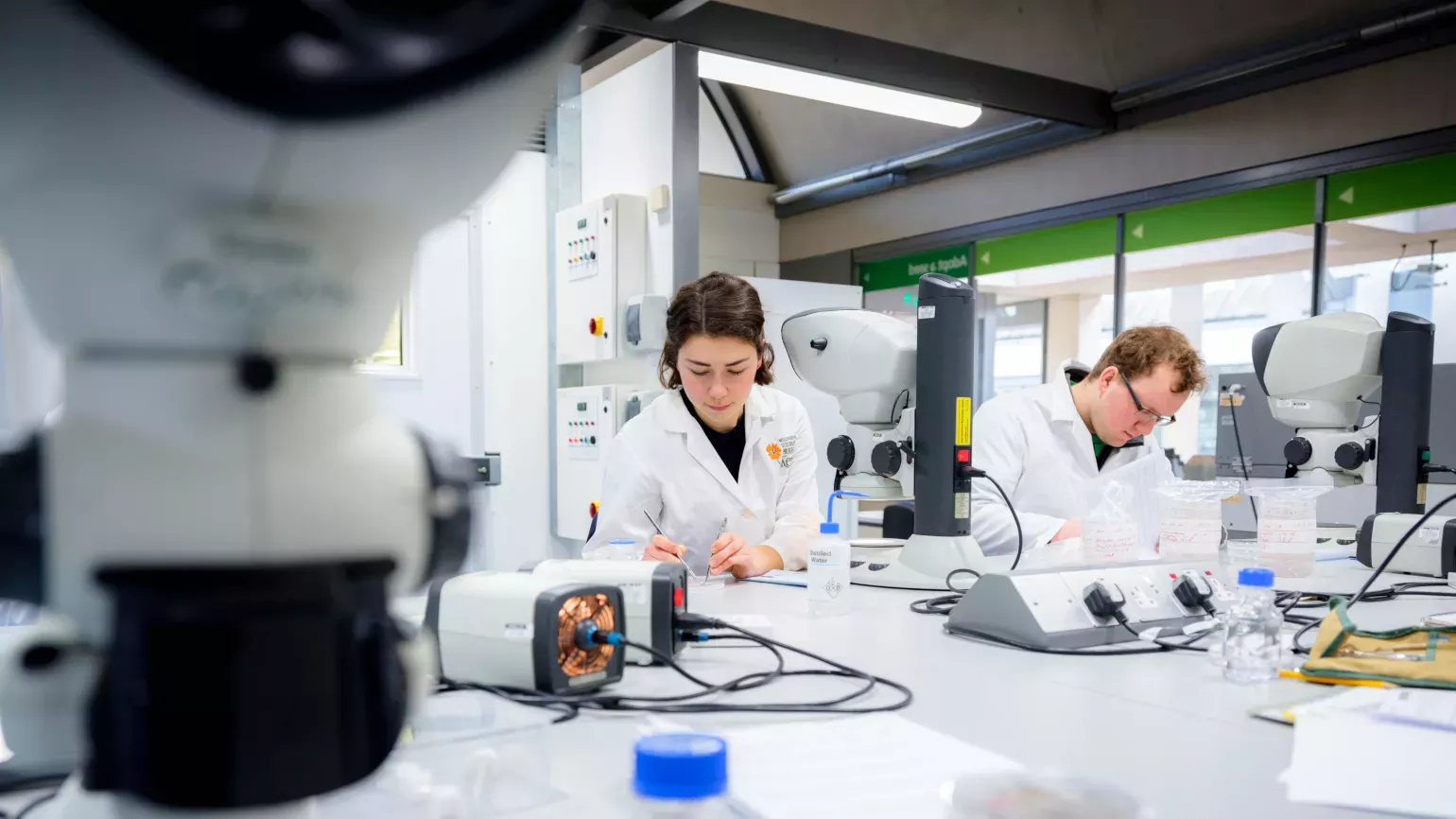
A seed about to undergo ‘chipping'
Just as it sounds, the seeds are chipped to allow water to enter which helps the germination process. This is only done in certain cases of the seed germination process.
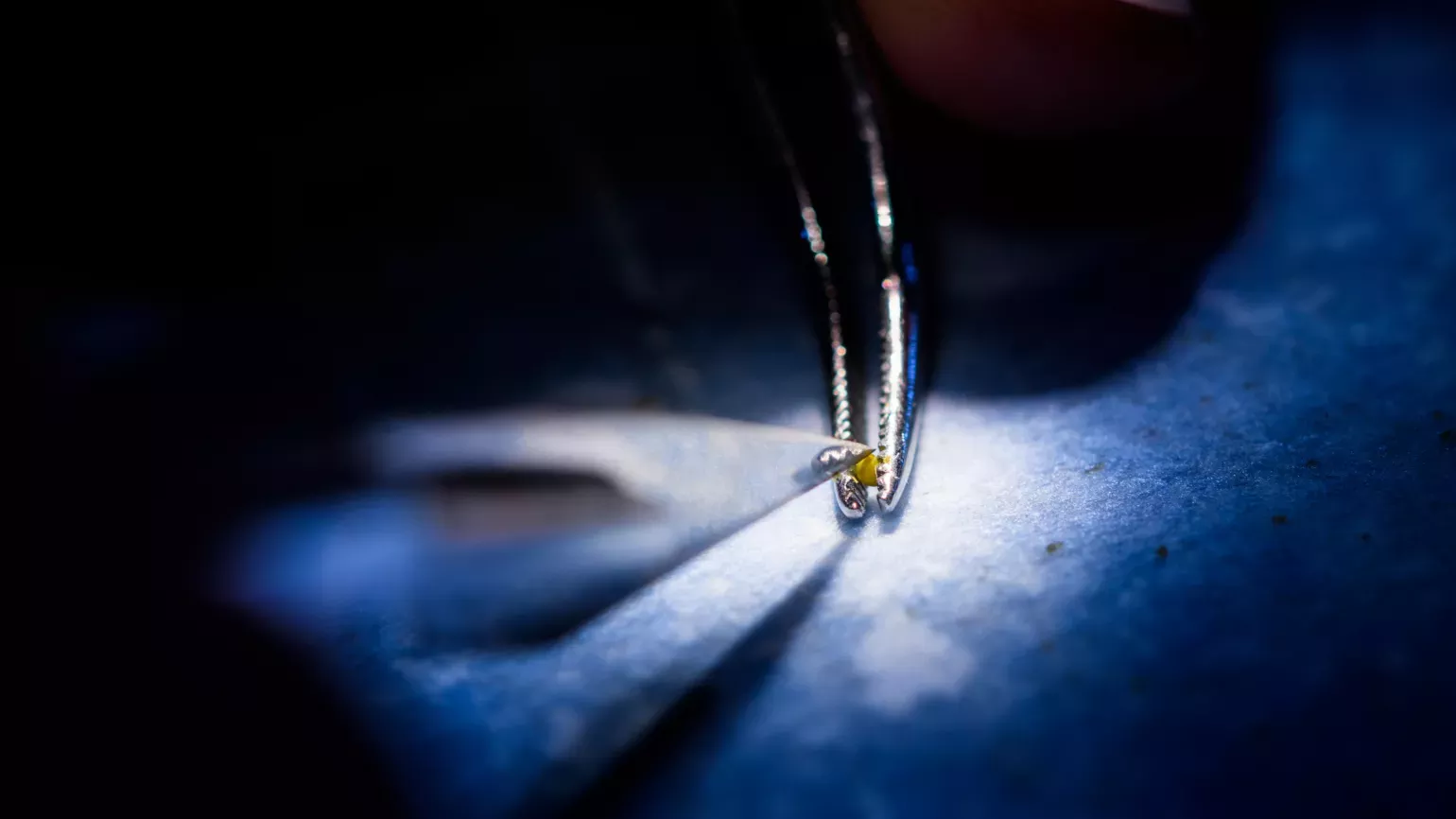
Seeds laid out on agar jelly
These seeds will be germinated in a controlled environment in our seed bank labs. When they start to produce shoots, it's then ready to go into a more natural environment, like compost.
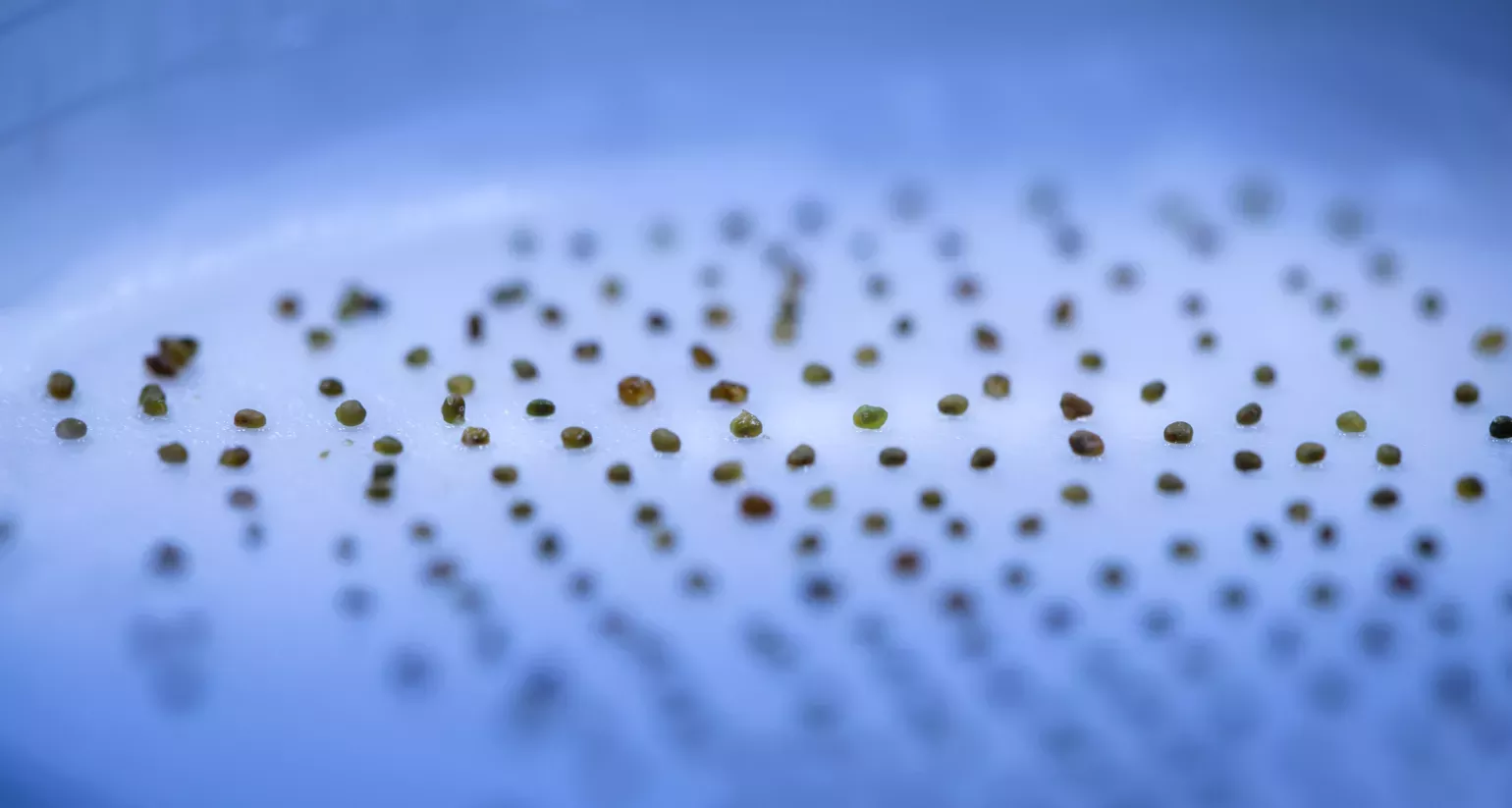
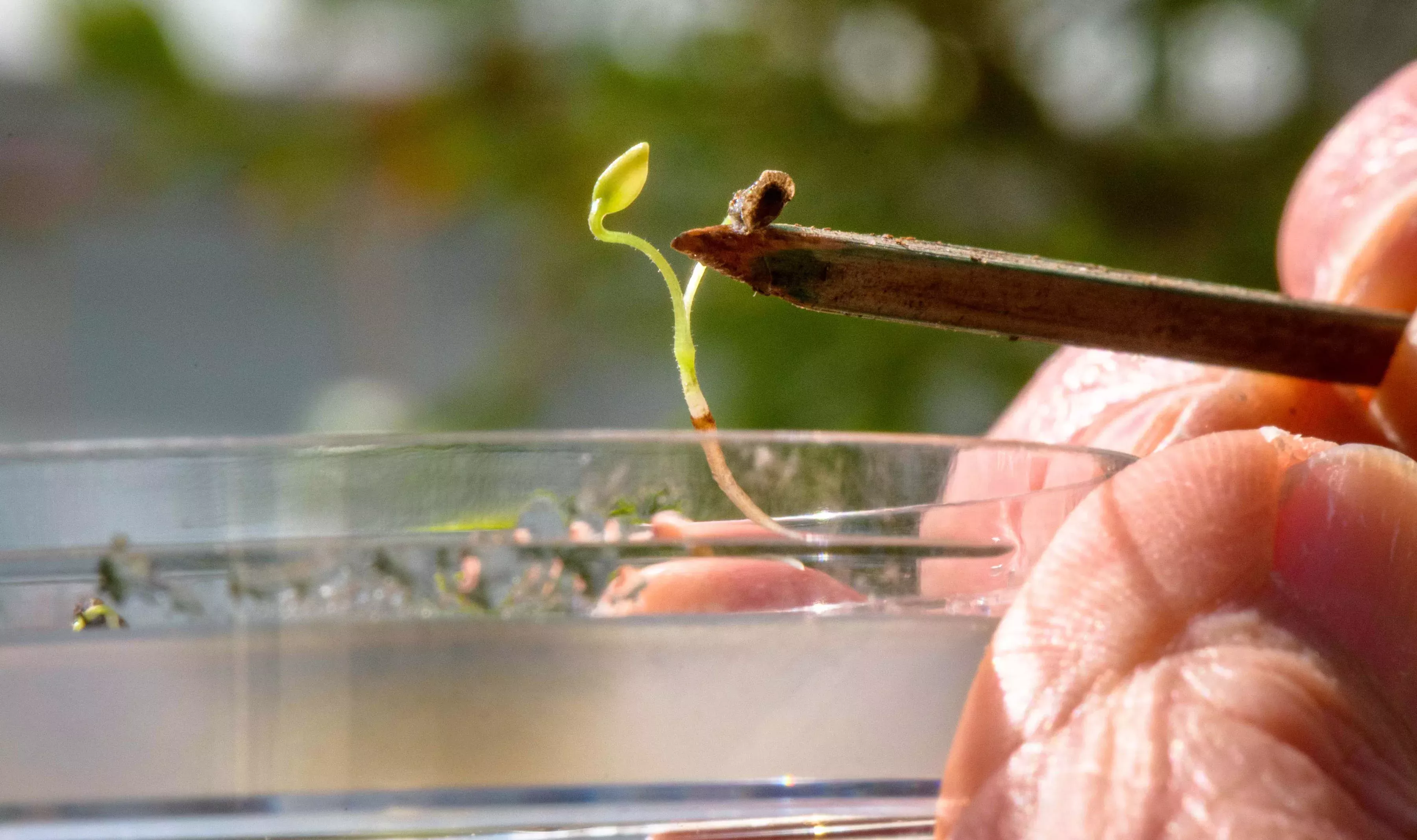
Finding a new home
This newly-germinated seed is now transferred into compost by one of our horticulturalists, where it will establish by putting its roots down and growing.
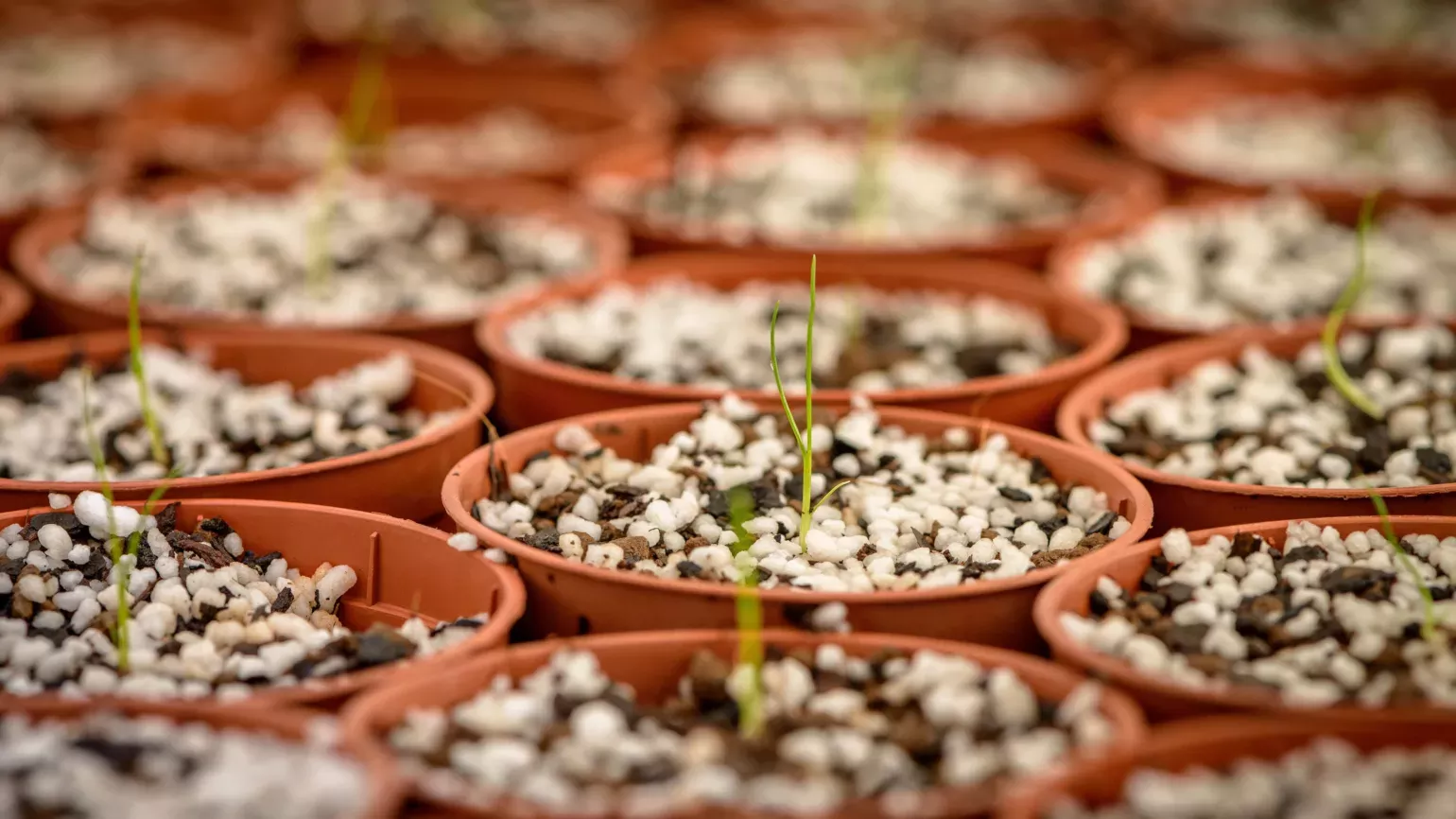
Flowering plant
Our horticulturalists inspect the growth to see how the plant is faring in its new environment. The flowers of this Lupinus albus crop suggest that the plant has established very well.
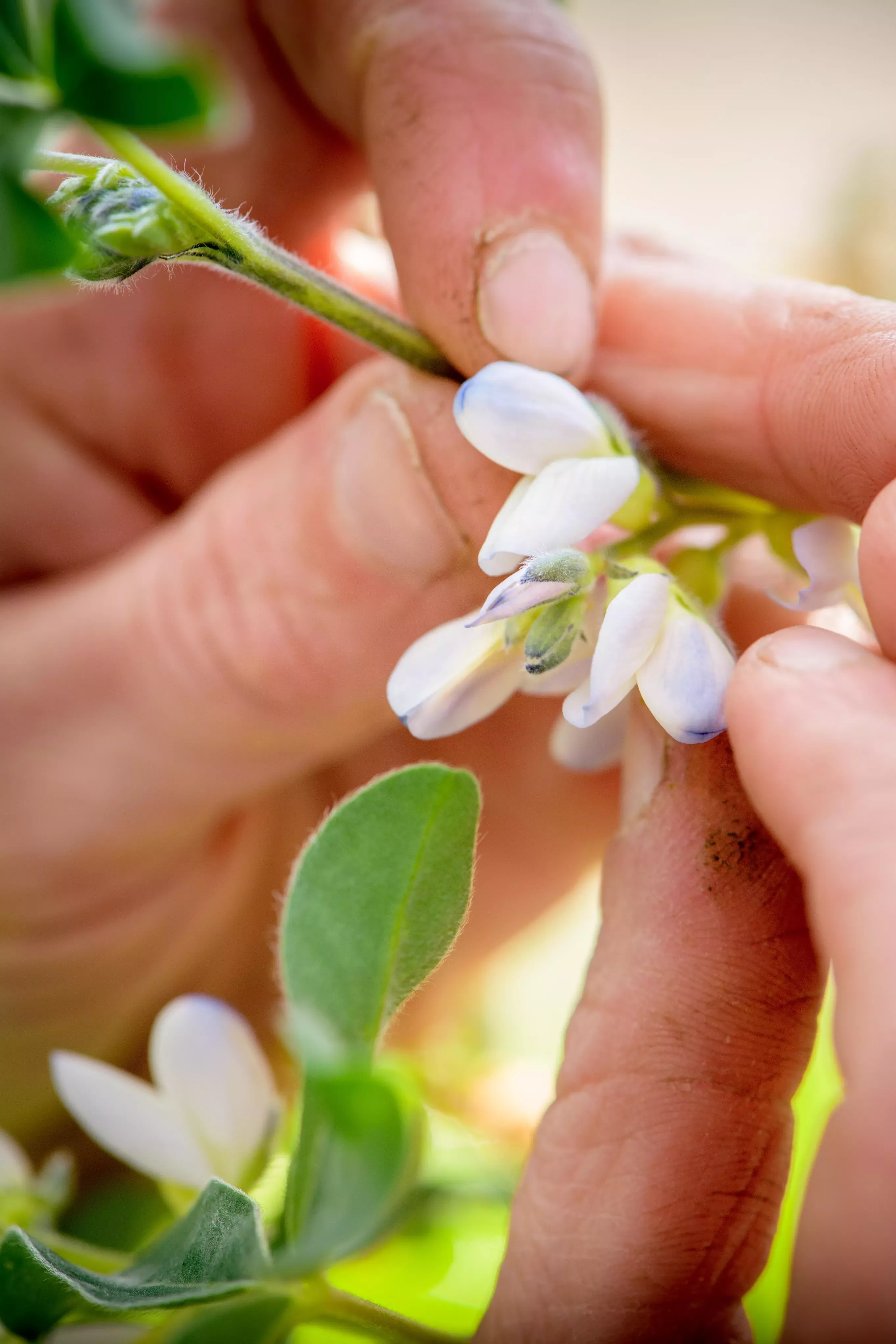
Putting seeds back in the bank
We collect seeds from our establishing plants. Here, one of our horticulturalists checks on the research crop of Lupinus albus to see if it's ripened, and therefore if the seed is ready to be banked.
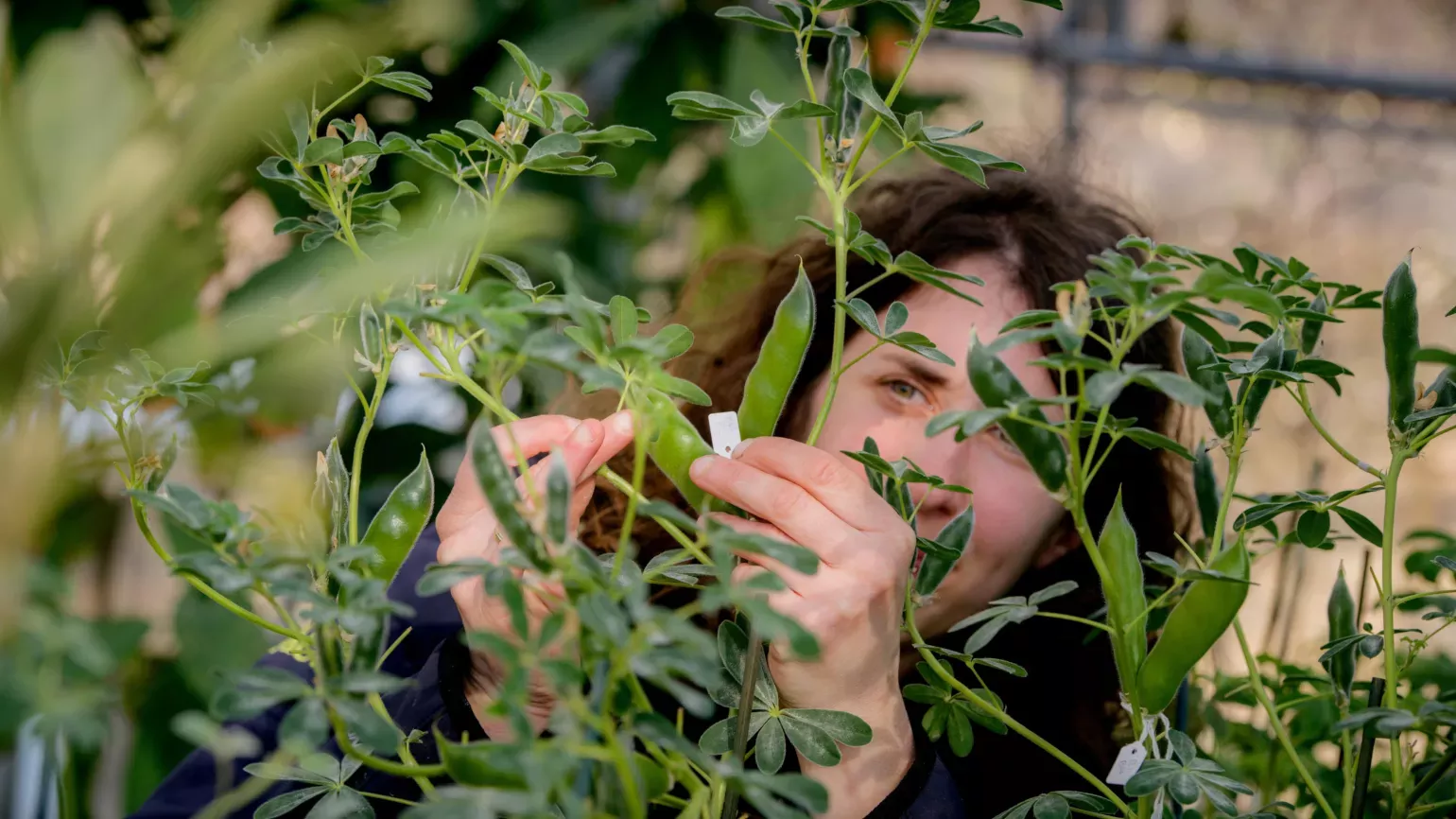
Meet the team
Some of our expert and passionate horticulturalists who form the Plant Propagation and Conservation Unit at Wakehurst.
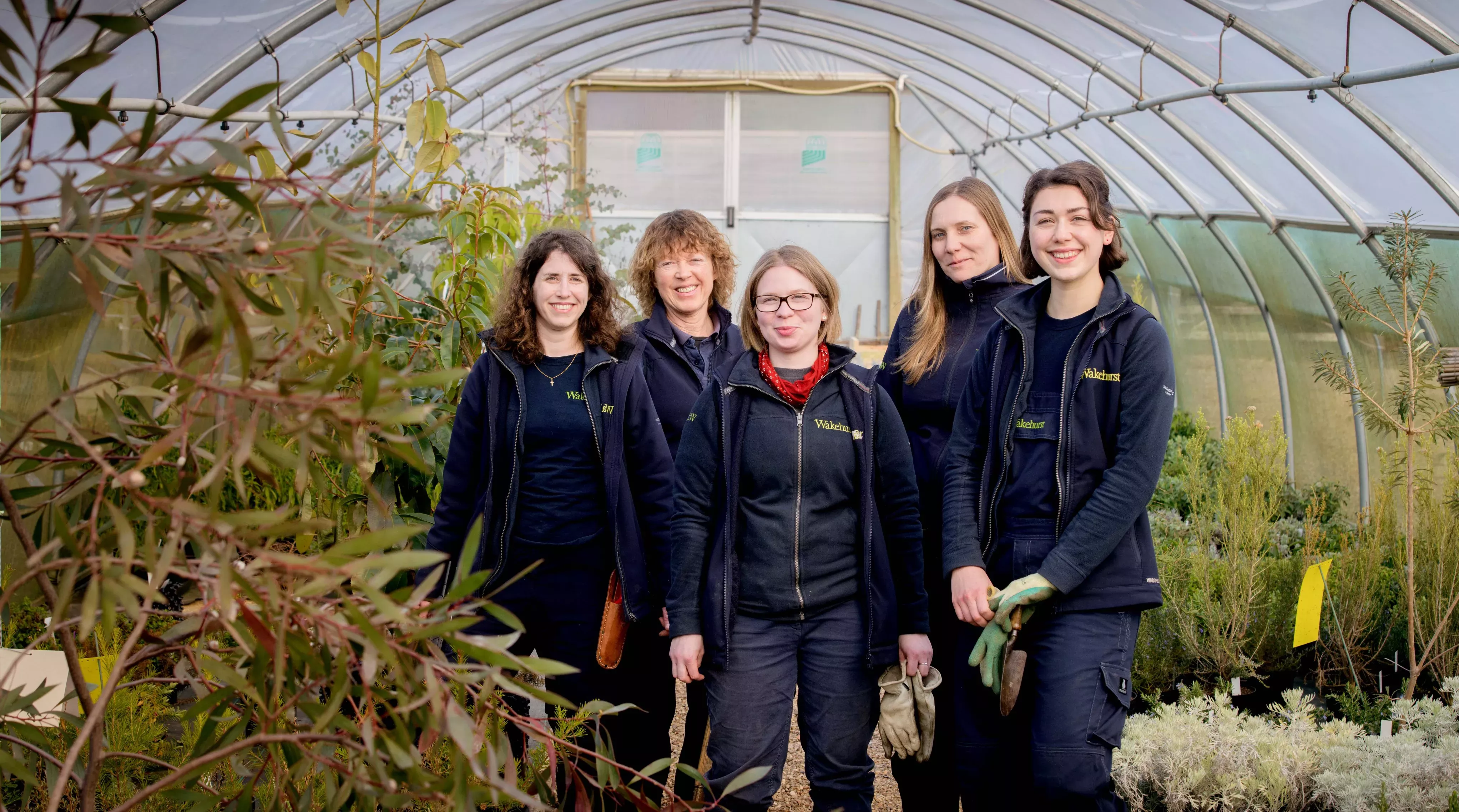
Growing up together
These are young temperate tree seedlings of the rare Heldreich’s pine (Pinus heldreichii) that has been grown from seed.
This is the oldest tree in Europe and the seeds were wild collected by one of our team during a trip to southern Italy in 2016. These will be planted within the next five years out in the gardens.
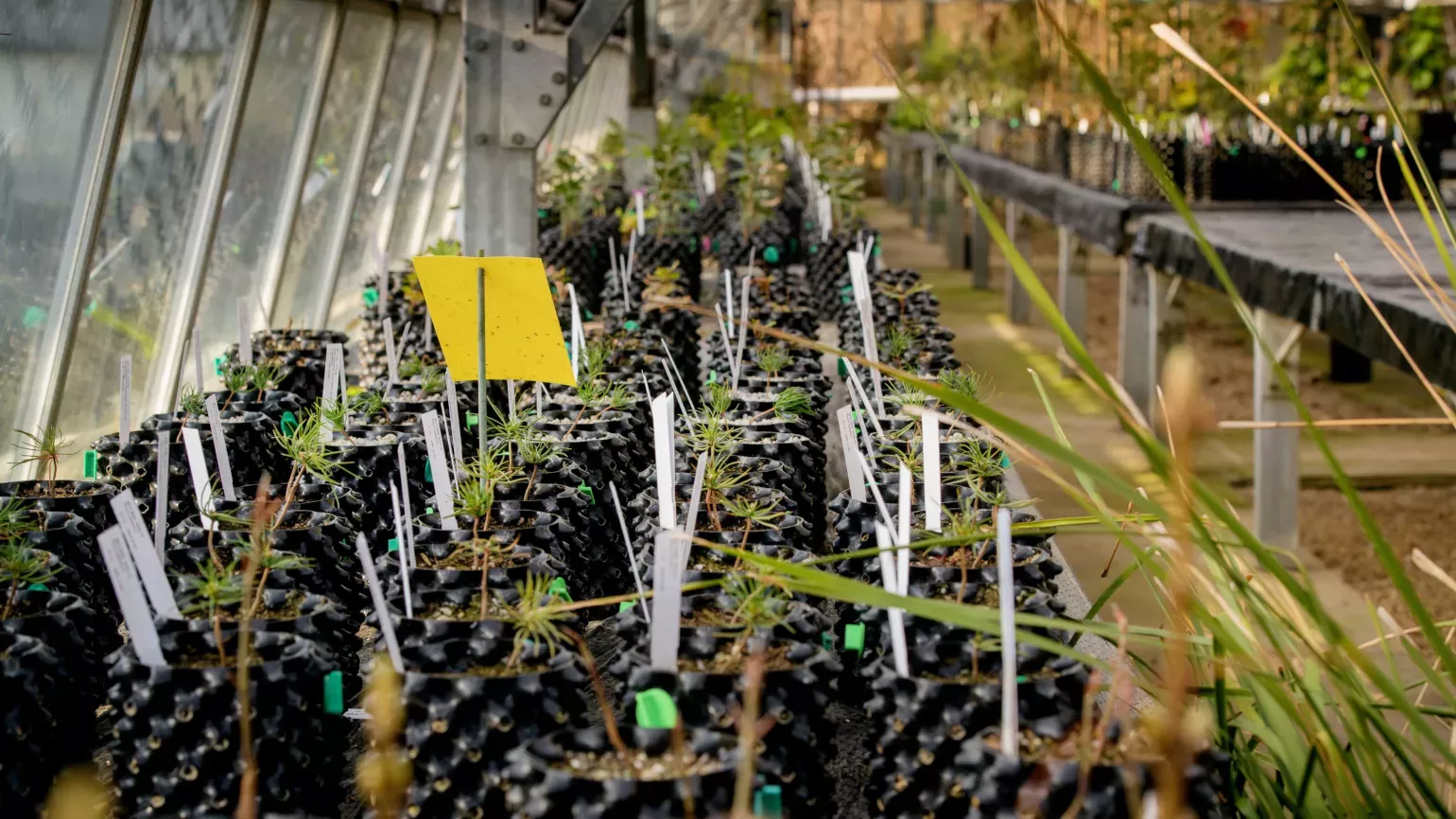
Fully grown from seed
Botanical Horticulturist Propagator Joanna waters a suicide palm from Madagascar, a plant that was discovered in 2007 by Kew scientists.
This plant was grown from seed in the seed bank, and is now in the Millennium Seed Bank greenhouse where it is enjoyed by our staff and volunteers.
